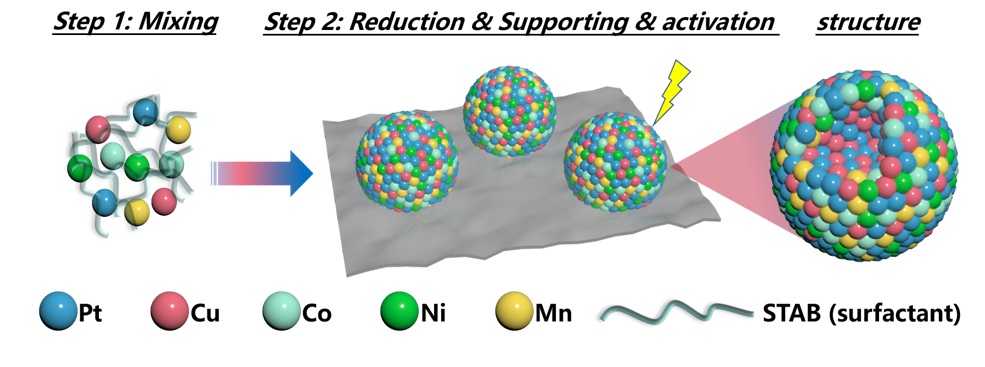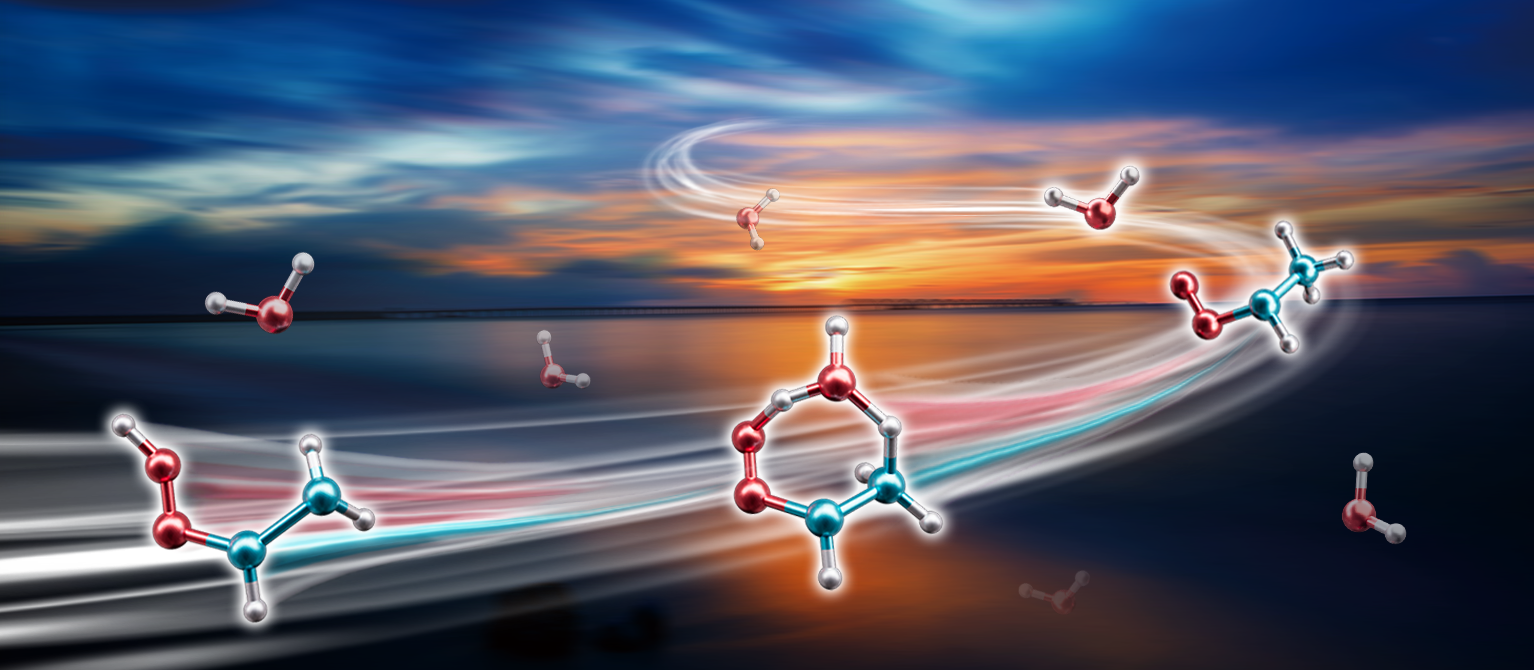2025-04-28 中国科学院(CAS)

Synthesis of high-entropy nanostructured PtCuCoNiMn electrocatalysts (Image by NIMTE)
<関連情報>
- https://english.cas.cn/newsroom/research_news/chem/202504/t20250428_1042179.shtml
- https://www.nature.com/articles/s41565-025-01881-9
ナノスケールの高エントロピー表面工学により、高電流密度でグリセリンへの選択的グリセリン電解酸化が促進される Nanoscale high-entropy surface engineering promotes selective glycerol electro-oxidation to glycerate at high current density
Shuibo Wang,Yichao Lin,Yanle Li,Ziqi Tian,Yu Wang,Zhiyi Lu,Baoxin Ni,Kun Jiang,Hongbo Yu,Shiwei Wang,Hongfeng Yin & Liang Chen
Nature Nanotechnology Published:17 March 2025
DOI:https://doi.org/10.1038/s41565-025-01881-9
Abstract
Selective production of valuable glycerol chemicals, such as glycerate (which serves as an important chemical intermediate), poses a significant challenge due to the facile cleavage of C–C bonds and the presence of multiple reaction pathways. This challenge is more severe in the electro-oxidation of glycerol, which requires the development of desirable electrocatalysts. To facilitate the glycerol electro-oxidation reaction to glycerate, here we present an approach utilizing a high-entropy PtCuCoNiMn nanosurface. It exhibits exceptional activity (~200 mA cm−2 at 0.75 V versus a reversible hydrogen electrode) and selectivity (75.2%). In situ vibrational measurements and theoretical calculations reveal that the exceptional glycerol electro-oxidation selectivity and activity can be attributed to the unique characteristics of the high-entropy surface, which effectively modifies the electronic structure of the exposed Pt sites. The catalyst is successfully applied in an electrolyser for long-term glycerol electro-oxidation reaction, demonstrating excellent performance (~200 mA cm−2 at 1.2Vcell) over 210 h. The present study highlights that tailoring the catalytic sites at the catalyst–electrolyte interface by constructing a high-entropy surface is an effective strategy for electrochemical catalysis.



